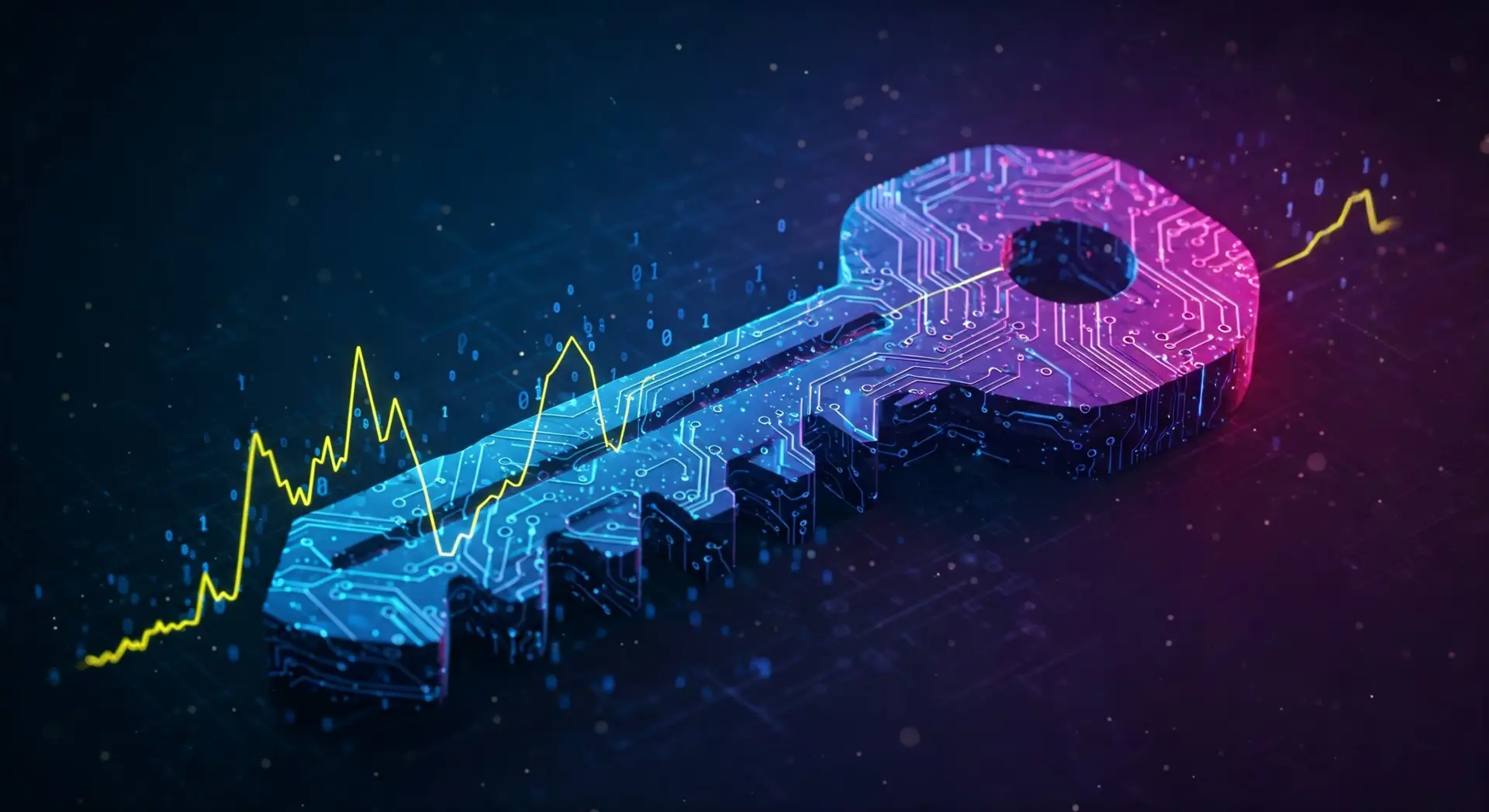Election Hacking in 2024 is on the horizon. With technological advancements, the risk of hacking looms large. It’s crucial to understand these risks. This guide offers insights into potential threats and safeguards.
Key Risks
1. Database Tampering
Hackers can alter voter registration databases. This manipulation can disenfranchise voters, causing chaos on election day.
2. Election Interference Through Misinformation
Social media platforms are ripe for spreading false information. Hackers create narratives that can sway public opinion unfairly.
3. Direct Attacks on Voting Machines
Some fear that voting machines are vulnerable. Hackers could potentially change vote tallies directly, altering election outcomes.
4. Email Phishing Campaigns
Campaign officials are at risk. Through phishing, hackers can gain access to sensitive communications, leaking them to manipulate public perception.
5. Denial of Service Attacks
These attacks can shut down essential election infrastructure. Websites for reporting results could be targeted, delaying or even discrediting the reporting process.
Mitigating Risks
1. Enhancing Cybersecurity Measures
Governments and organizations must prioritize cybersecurity. Regular audits and updates to security protocols are essential.
2. Educating the Public
Awareness about misinformation is vital. Voters should know how to verify information before sharing it.
3. Strengthening Email Security
Campaigns must adopt robust email security practices. Two-factor authentication and phishing training can prevent unauthorized access.
4. Implementing Paper Trails
Voting machines with verifiable paper trails add an extra layer of security. They allow for audits and recounts if necessary.
5. International Cooperation
Cyber threats often come from abroad. Nations should collaborate to combat these risks, sharing intelligence and strategies.
6. The Role of Technology Companies
Tech giants have a responsibility to curb misinformation. Algorithms that prioritize accuracy over engagement are a step in the right direction. Transparent policies on political ads are also crucial.
The Future of Secure Elections
The risks are significant, but not insurmountable. By taking comprehensive measures, we can safeguard the integrity of our elections. The future of democracy depends on our vigilance and willingness to adapt to evolving threats.
Election Hacking in 2024 from database tampering to misinformation campaigns, the threats are varied. However, with diligent efforts in cybersecurity, public education, and international cooperation, these risks can be mitigated. Ensuring the security of our elections is paramount. It requires the collective effort of governments, technology companies, and the public. Together, we can protect the cornerstone of our democracy.




